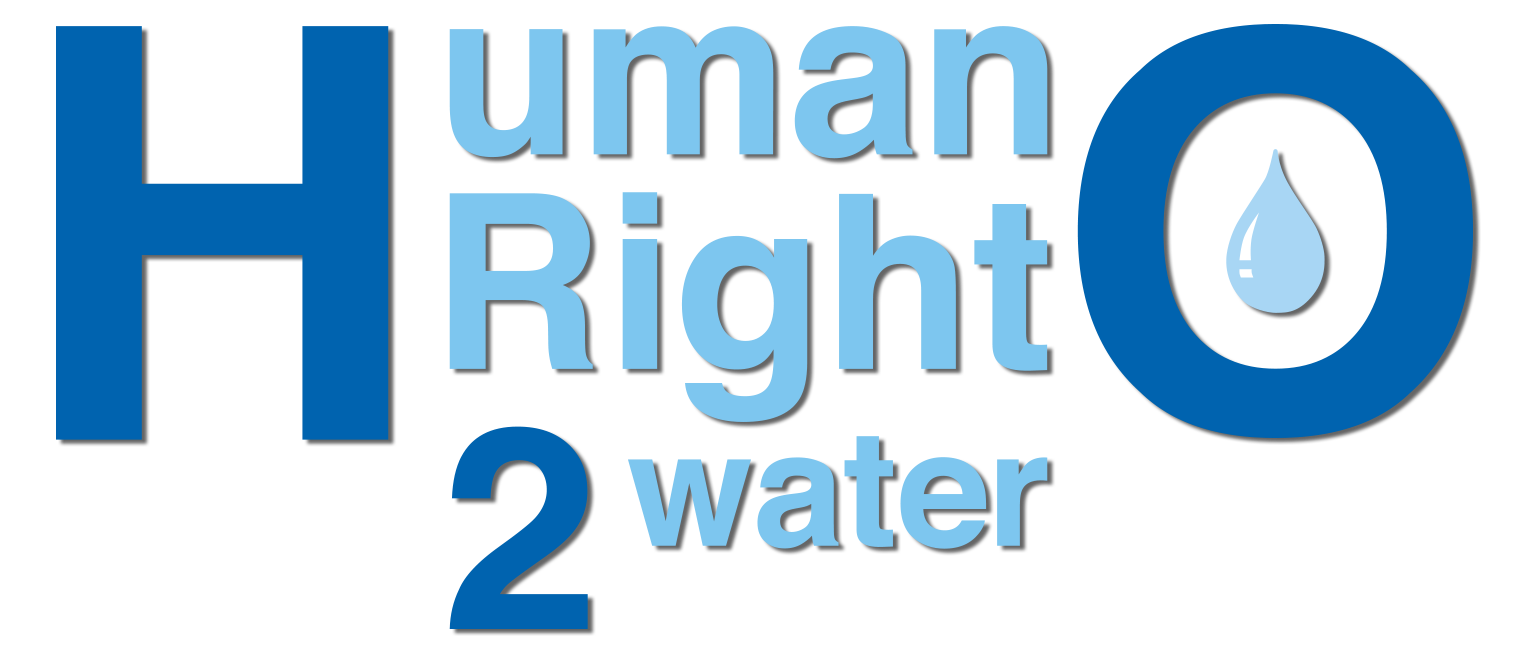This number of people have died from water borne disease so far this year
The Reality: Lack of access is a huge obstacle for development, both for society and individuals, and it creates a burden
SDG 6 targets are formidable goals for many countries, and marginalised people need help to access water and sanitation
One fifth of the global population (2 billion) people do not have access to safe and sustainable water and 3.6 billion of the world’s population do not have access to safely managed sanitation[1]. Marginalised people do not always have the resources to build expensive or centralised infrastructure. They are hit with extremes in temperature, droughts and floods due to the impact of climate change, and increased demand and pollution related to rapidly increasing populations. Water and sanitation are very low on the political agenda and the few resources available do not tend to go to the vulnerable people that need help. Women and girls are negatively impacted by this gap nearly everywhere.
A solution
A simple step-by-step approach on how to use international law at local level, to identify the people that are being left behind, and the pathway for reaching them through advocacy, integration of simplified policy implementation and monitoring of targeted disaggregated data (by gender and marginalised group).
A simple to follow step-by-step guide for different countries to improve their achievement of SDG 6. A human rights-based community approach needs to be adopted, with tailored solutions that are environmentally sustainable, that prioritise the unheard, poorer and marginalised segments of society and give women a greater control over water management. The solutions require us to work with local authorities and relevant stakeholders to understand their challenges. International human rights can be used as a framework to integrate systems into local policy, with allocation of responsibilities and budget, and monitoring of disaggregated data.
The methodology
The step-by-step guide to SDG 6 using the framework of the human rights to water and sanitation (HRWS) is as follows:
- Baseline assessment – reviewing current law and policy and practice through the framework of the HRWS
- Stakeholder engagement – essential throughout the process to engage the community, develop county action plans with local authorities, and encourage political buy-in
- Capacity Building – building agency through the inclusion and participation of stakeholders at all levels, sharing knowledge and data on the rights to water and sanitation
- Adapt human rights indicators – use the baseline assessment to identify the key indicators that should be monitored, including those that are:
- structural (how policy is integrated),
- process (who is responsible and how), and
- outcome (which services to which vulnerable people)
- Community Action Plans – bring the recommendations to life by setting out responsibilities, budgets and timelines for local stakeholders to set up and monitor the progress towards SDG 6.
[1] JMP WASH data 2021
The implications of COVID-19 are terrible for everyone, but especially difficult for the poorer sections of society that might not have access to clean running water and facilities for general hygiene.
National emergency plans often overlook the more vulnerable members of society – even in western states. There needs to be an imperative to improve conditions for these people immediately, for their own sakes, and to control infection rates. We are already working on solutions for this crisis – please contact us on info@humanright2water.org if you would like to contribute to this effort.
In today’s Sustainable Development Goals Agenda, the human rights to water and sanitation are embedded, but not assured. We are working towards safeguarding these rights, such that no-one is left behind.
Human Right 2 Water brings water dialogue, innovative research, improved water cooperation and sustainable water governance to the global agenda.
We use expert knowledge on how the human rights to water and sanitation should be integrated into law and policy to realise safe and sustainable access to water and sanitation for all people, including vulnerable and marginalised people.
Our organisation strives to support governments, civil society, water and sanitation service providers and utilities to accelerate the realisation of Sustainable Development Goal 6 on Water, especially for the people that continue to be left behind.
Celebrate World Toilet Day today – View our video introducing the human right to sanitation.
Toilets are even more important in today’s world, with 3/5 people lacking a safe and hygienic place to go to the toilet, and hygiene becoming an imperative to prevent to the spread of disease. No toilet is not just a problem for the dignity of people, especially women, but it also creates an environmental and health problem, especially if waste is not treated or collected in a safe manner. Watch this short introduction to see what it means to realise the human right to sanitation.


